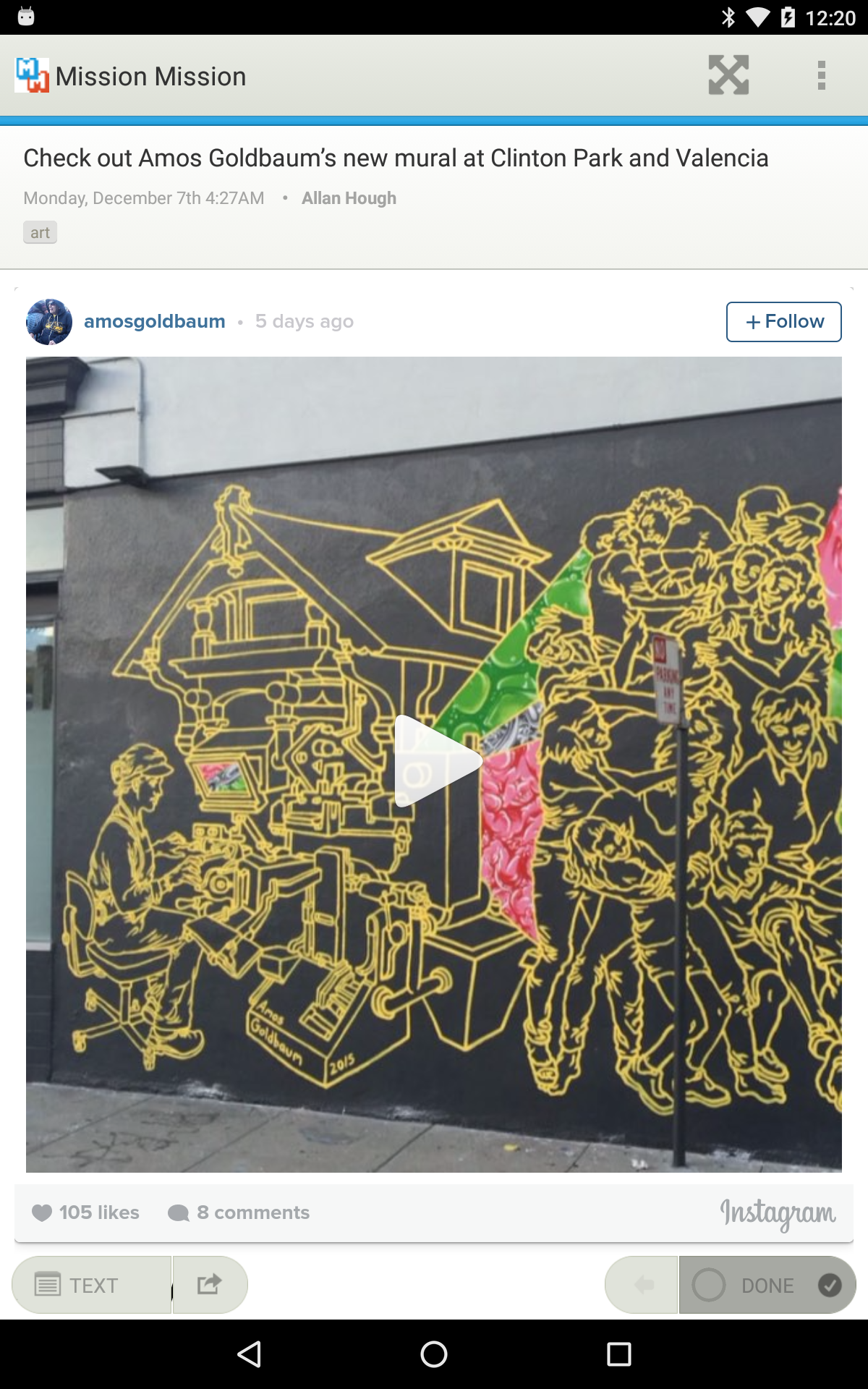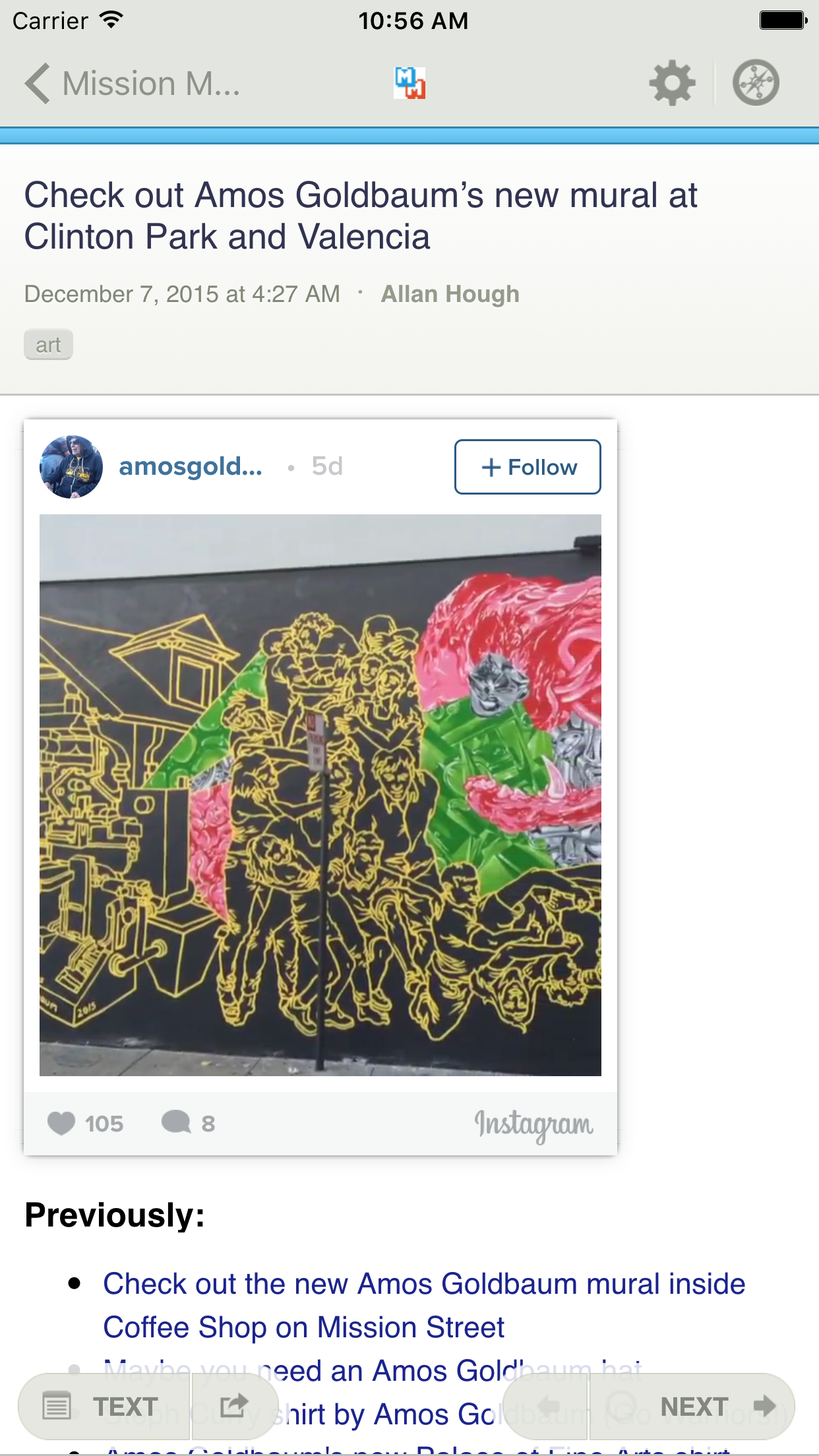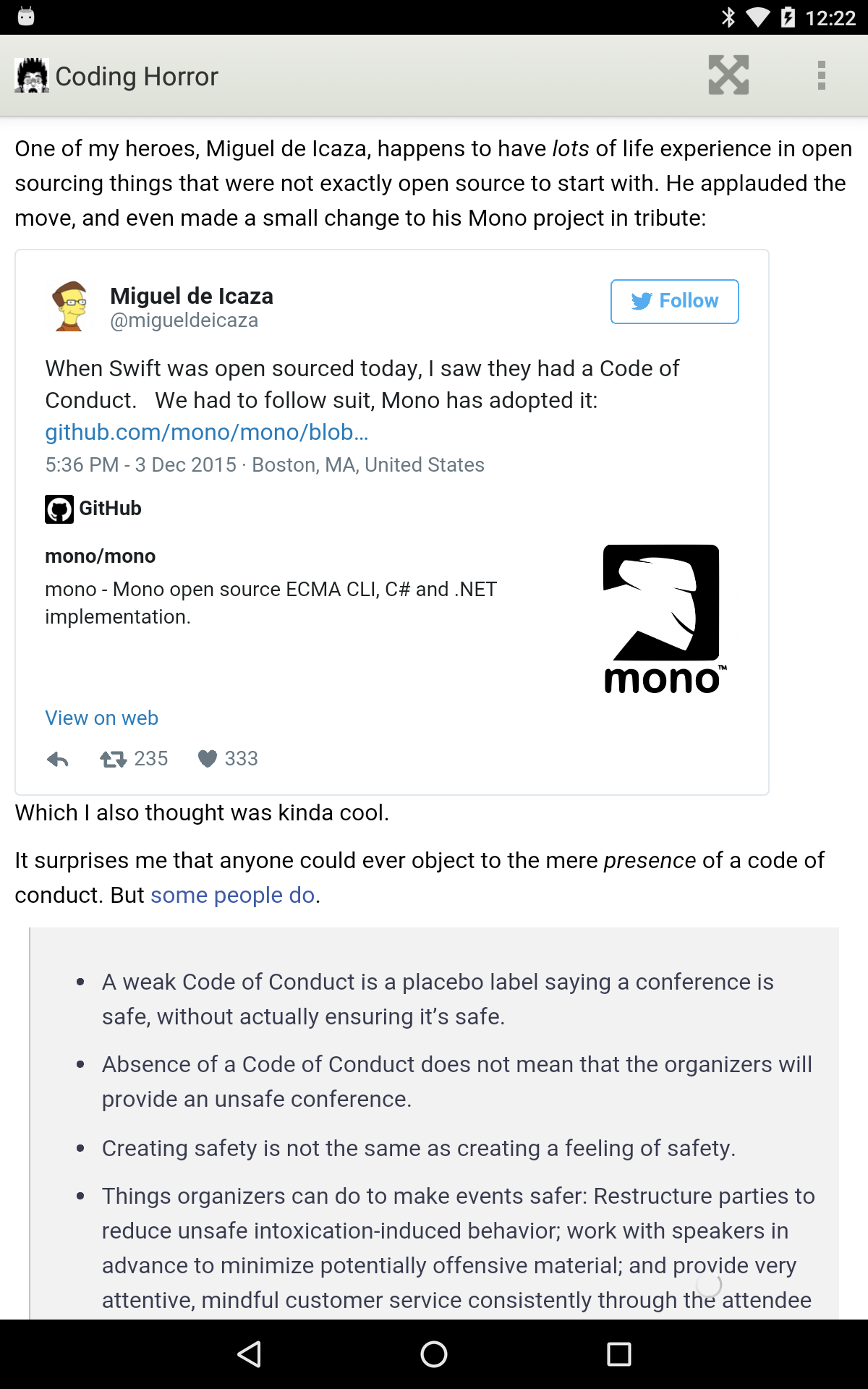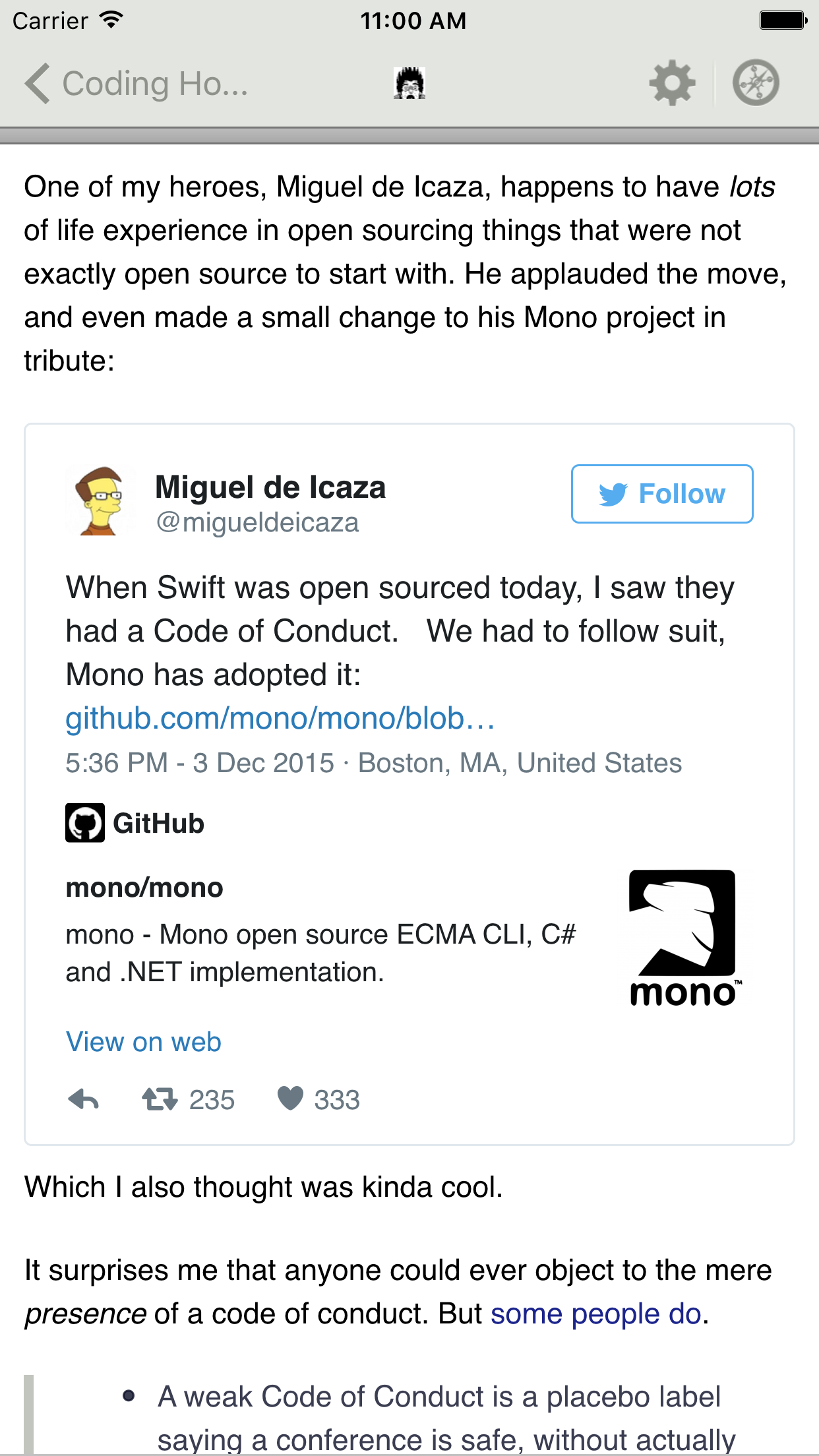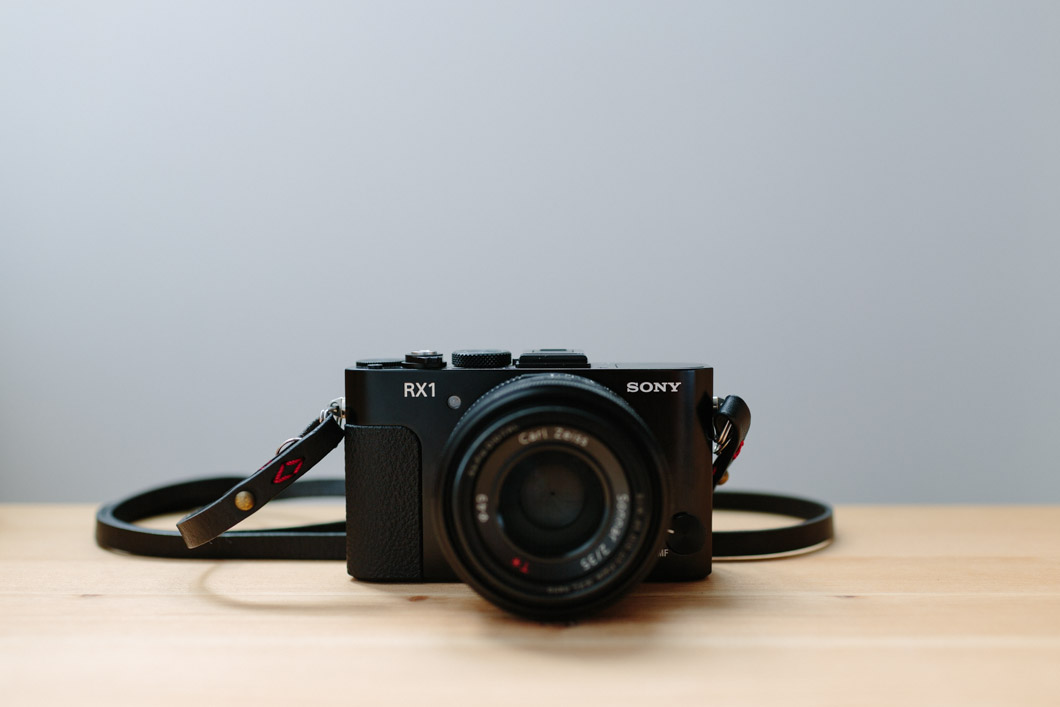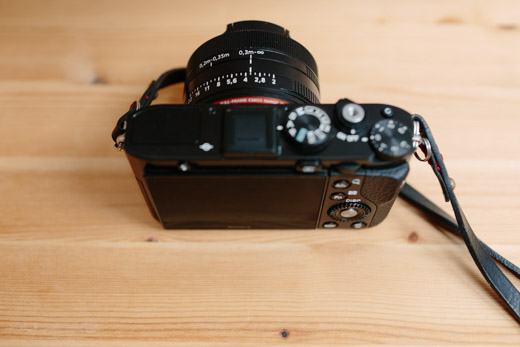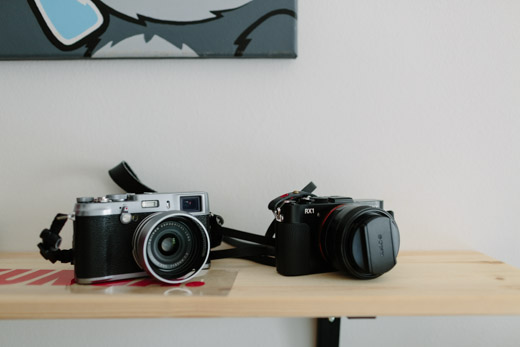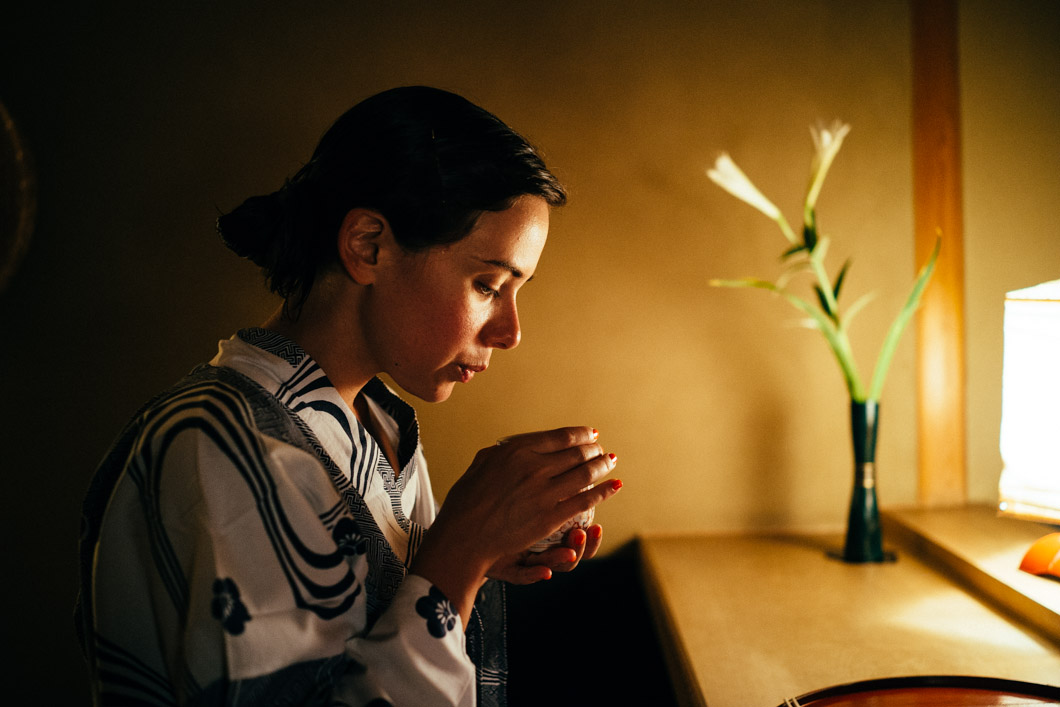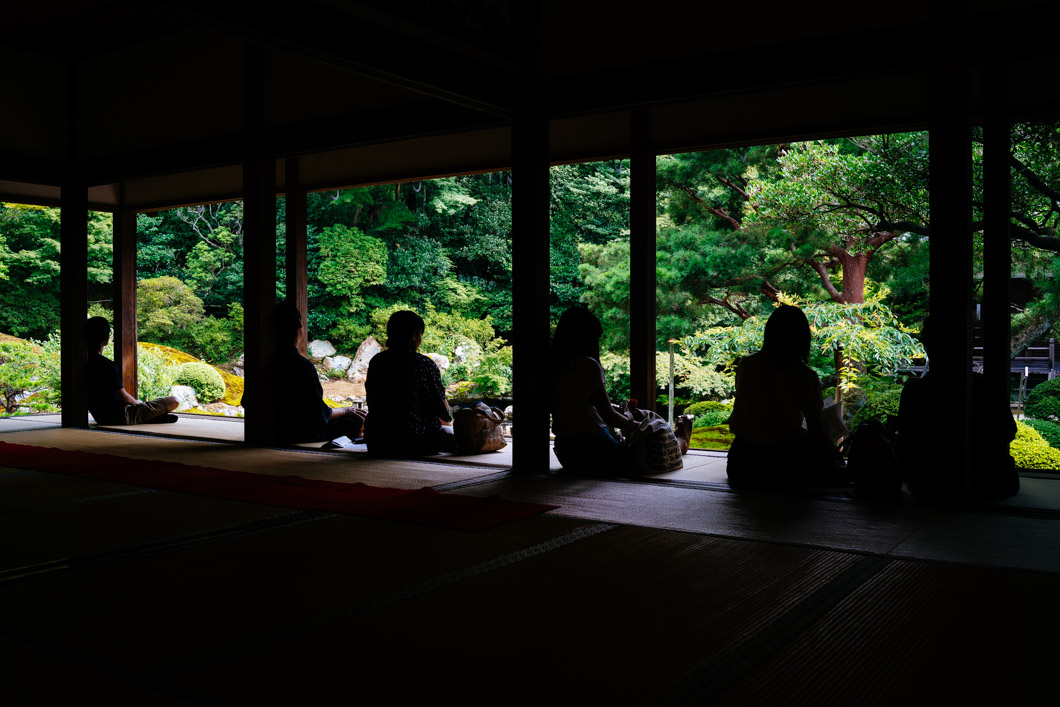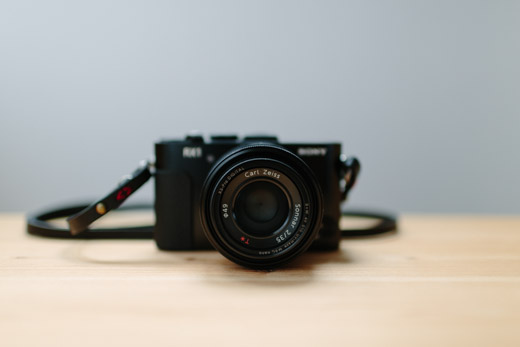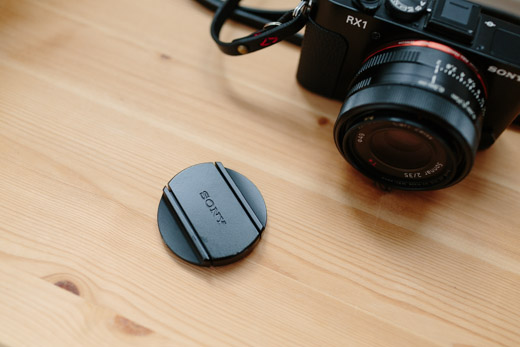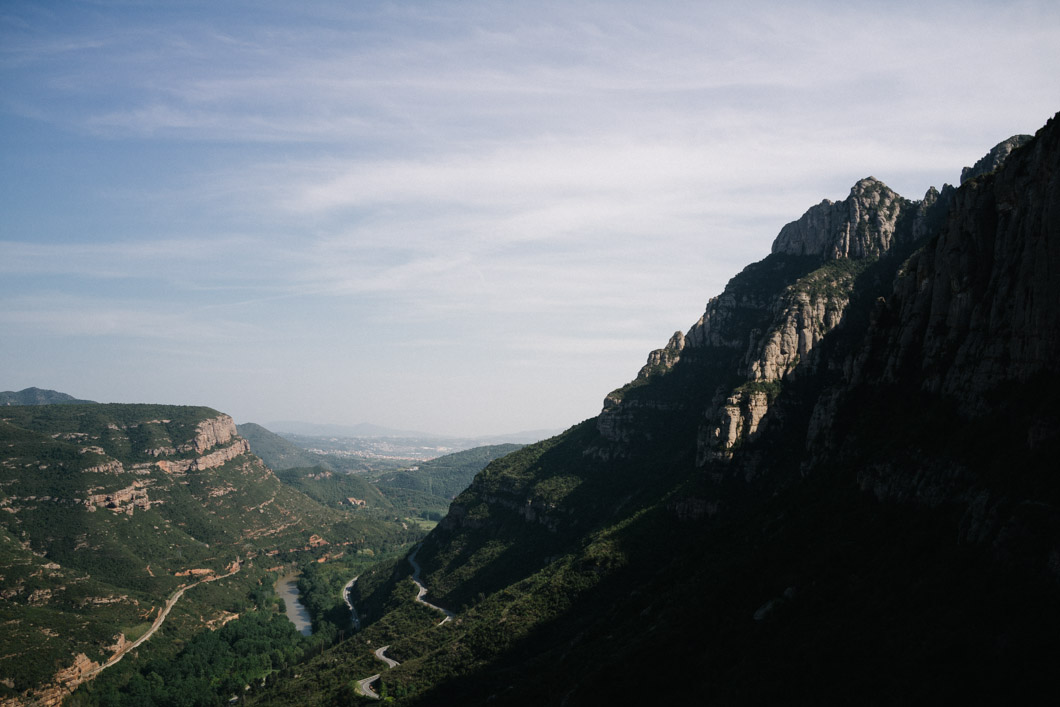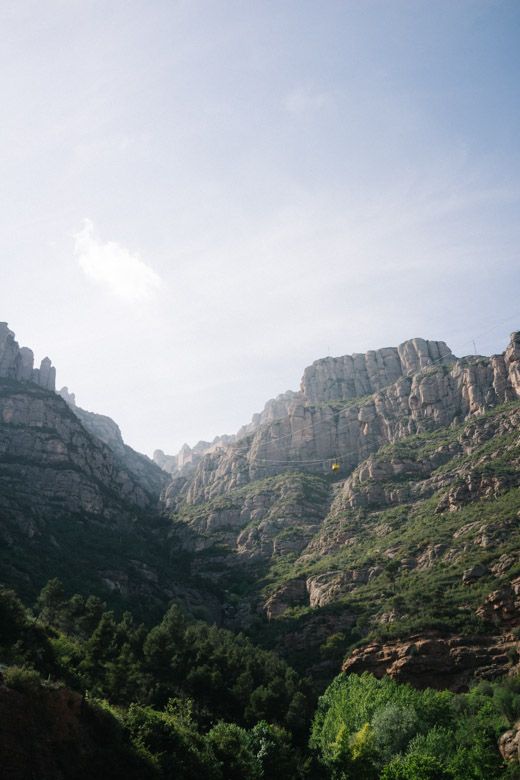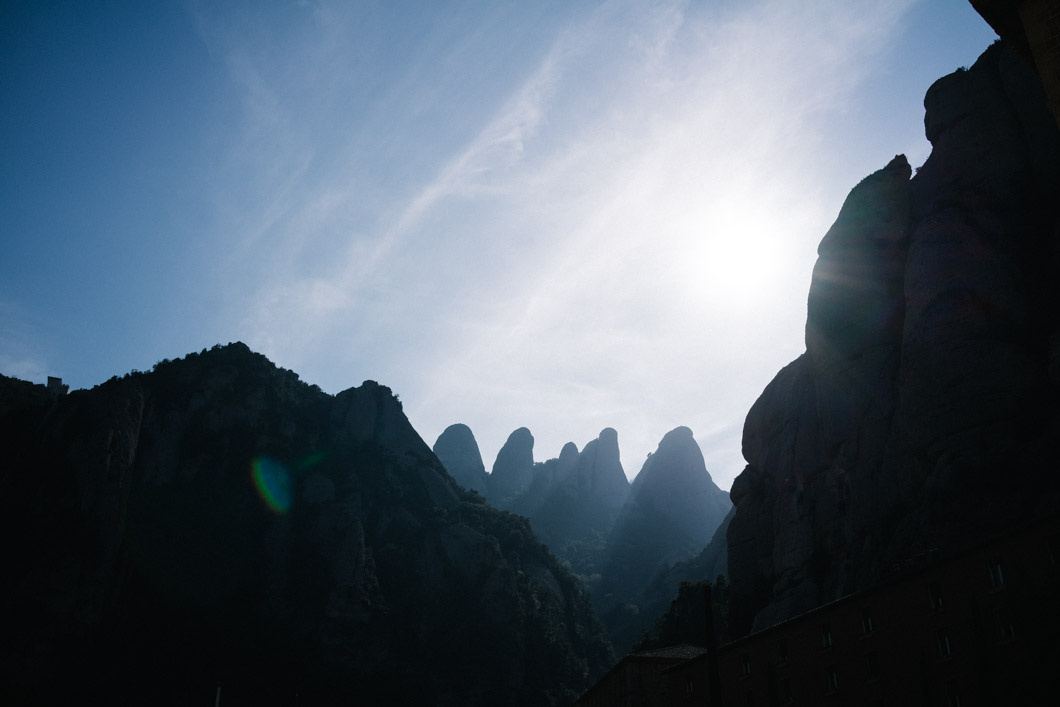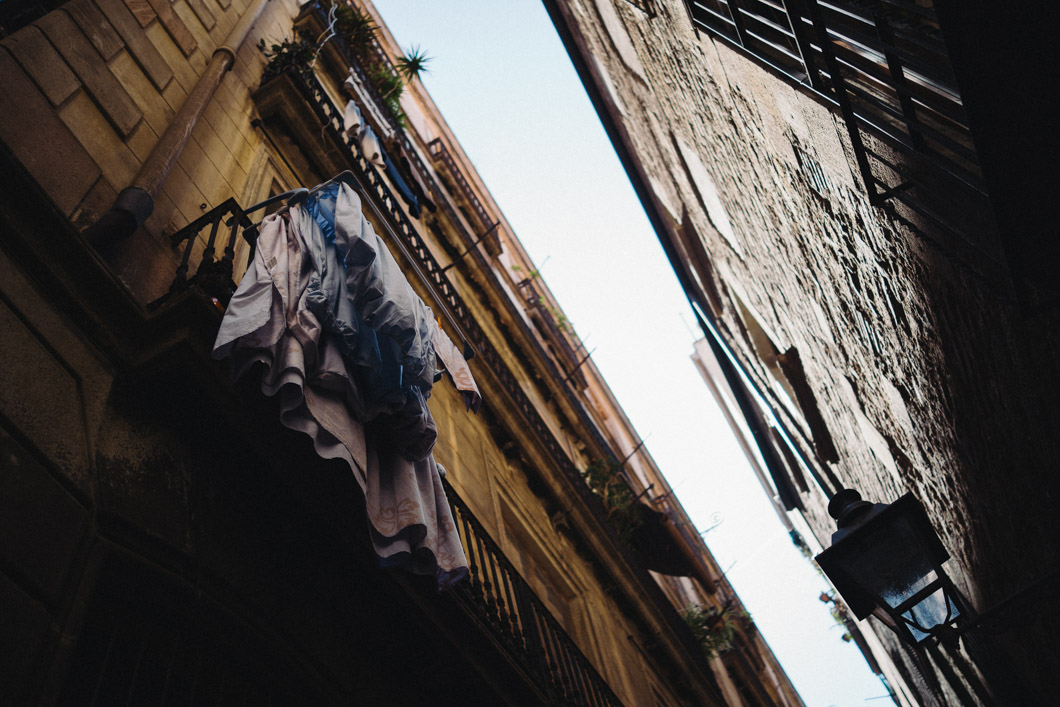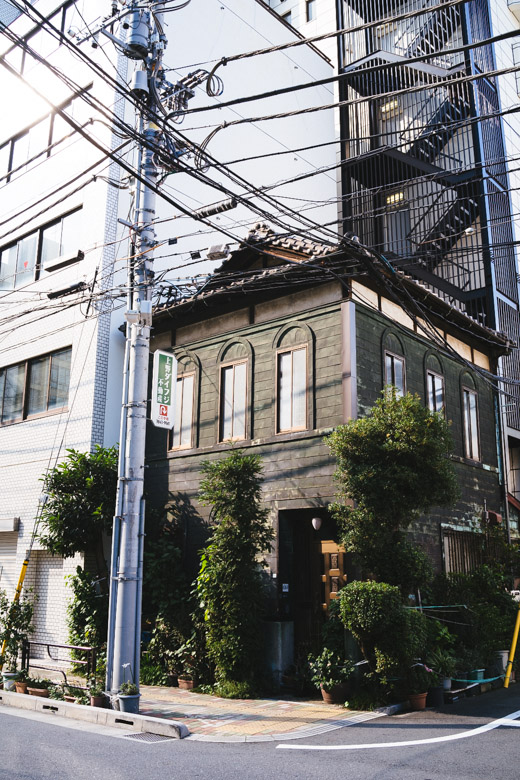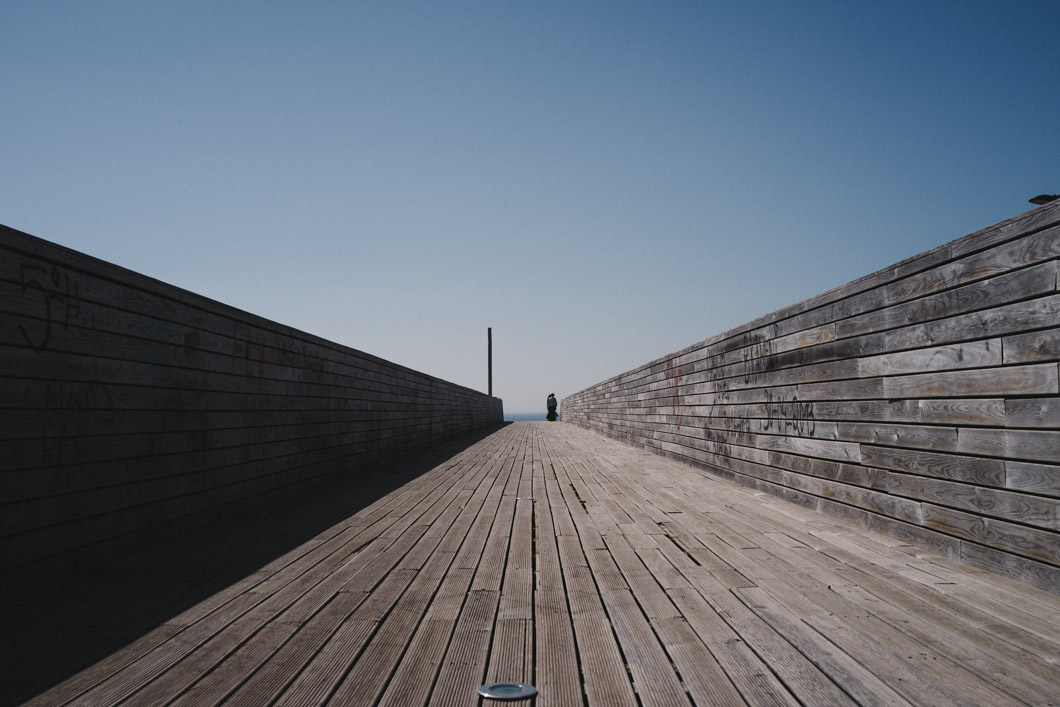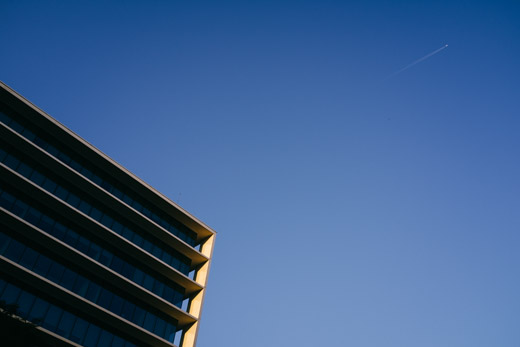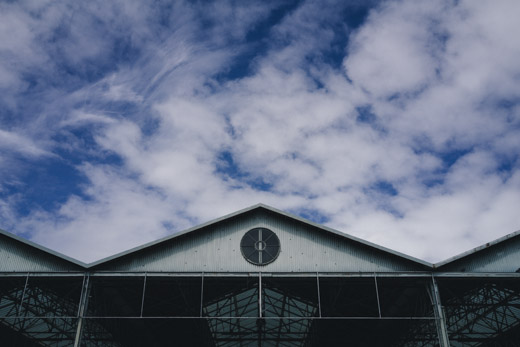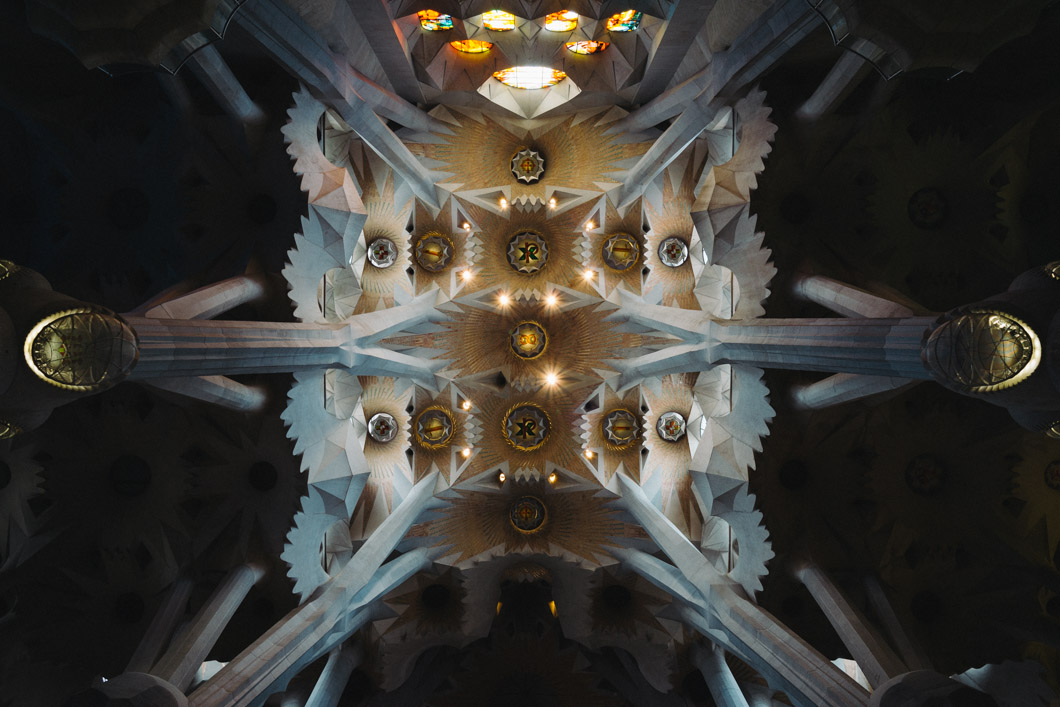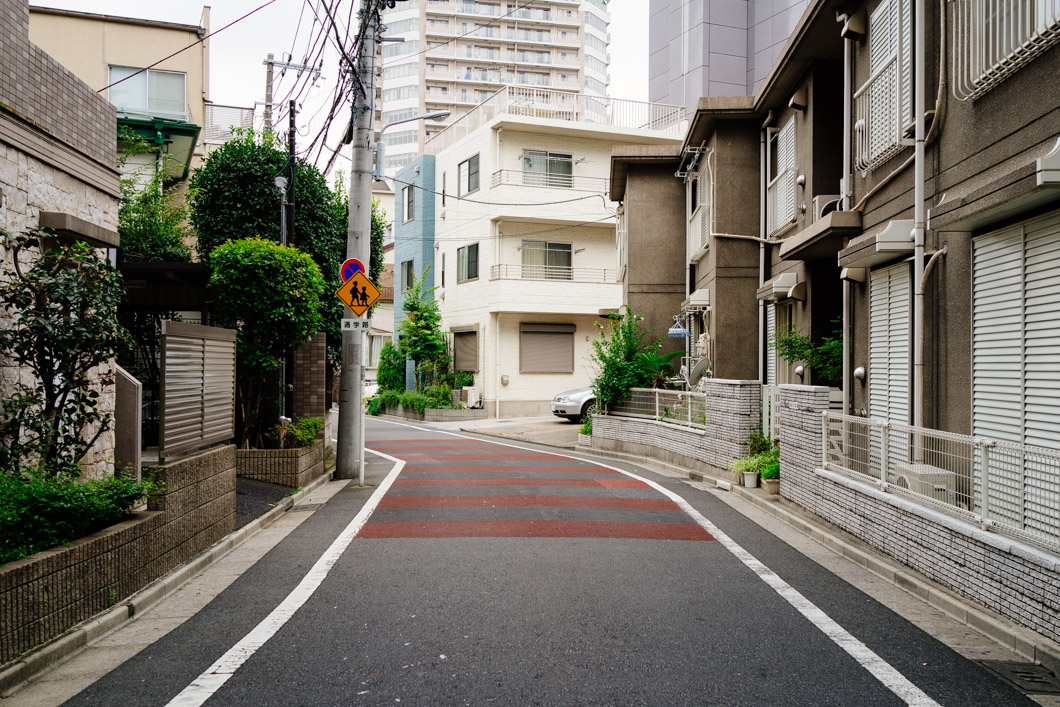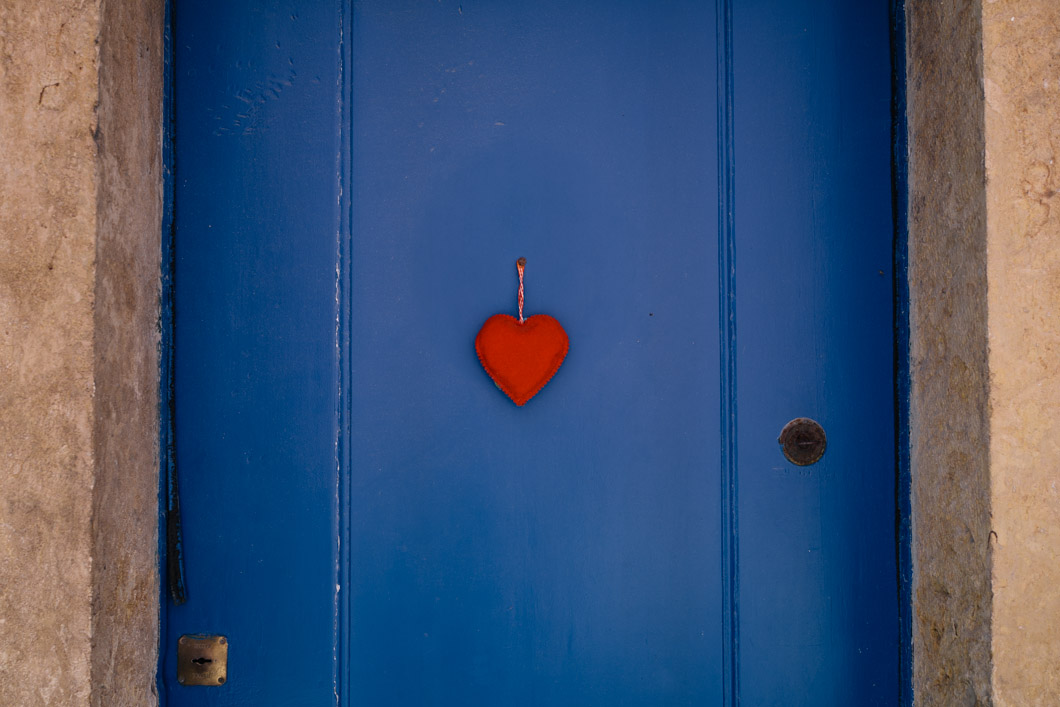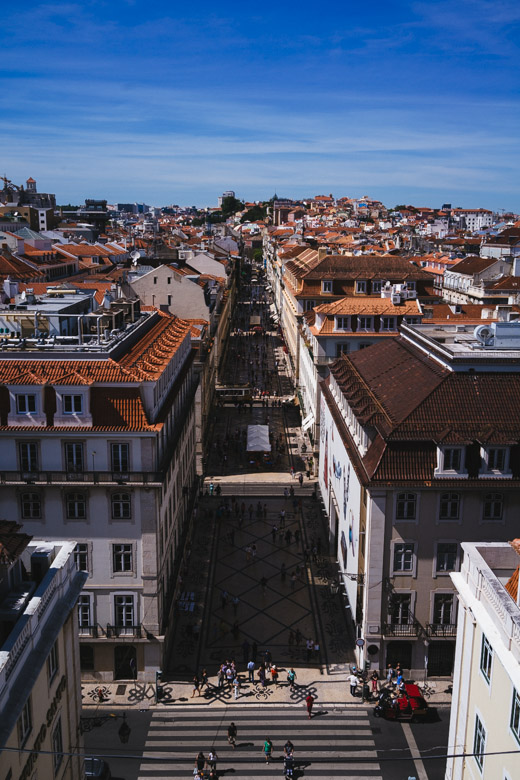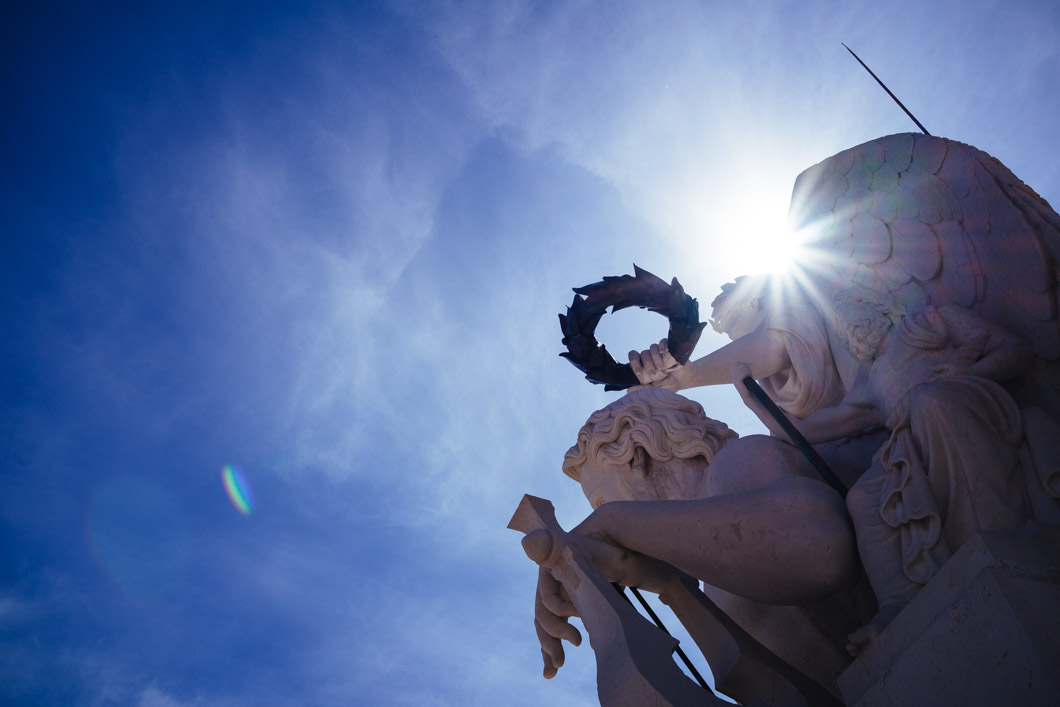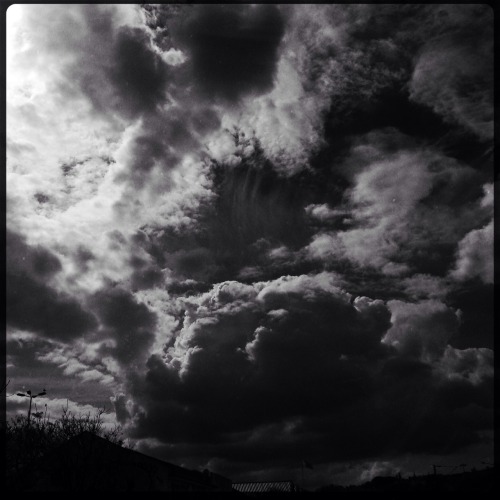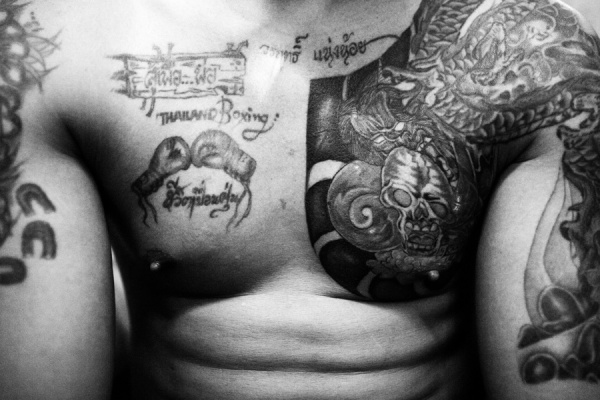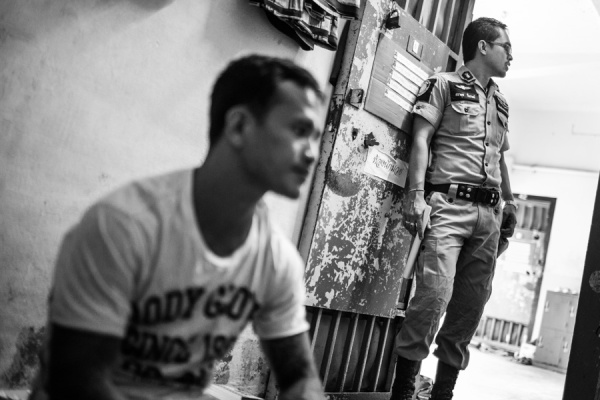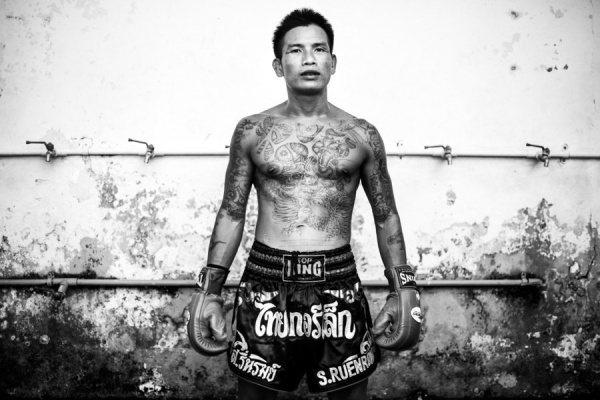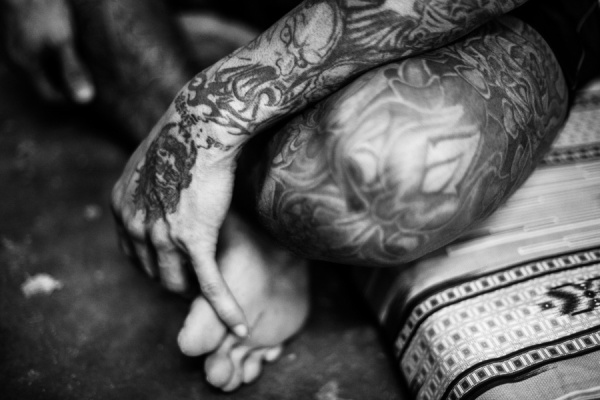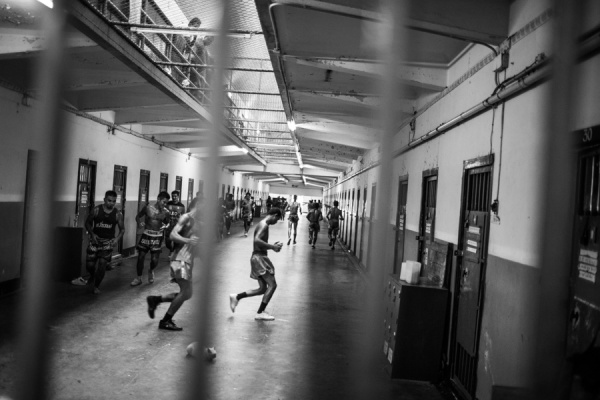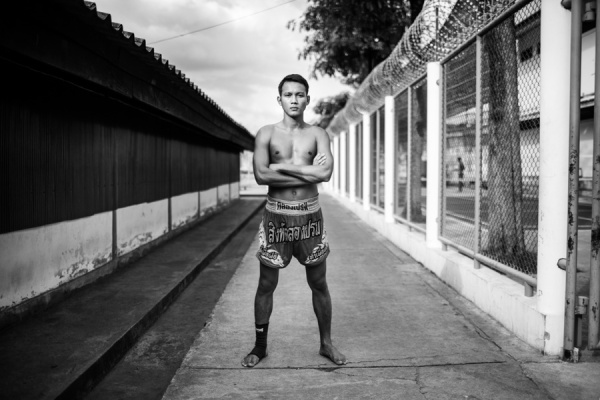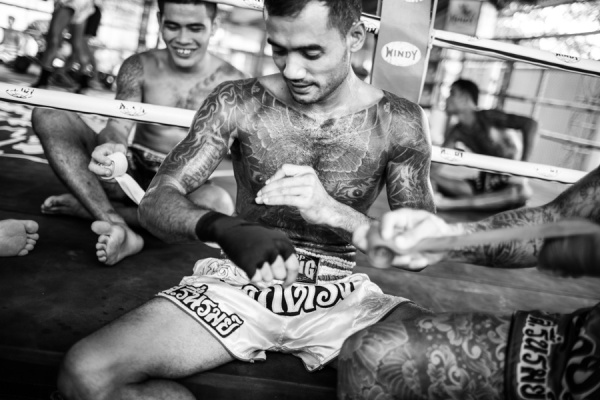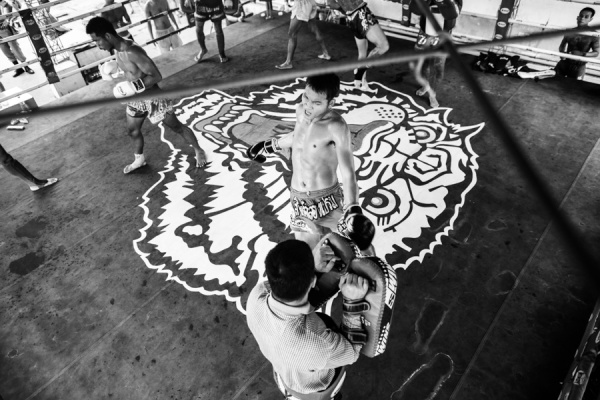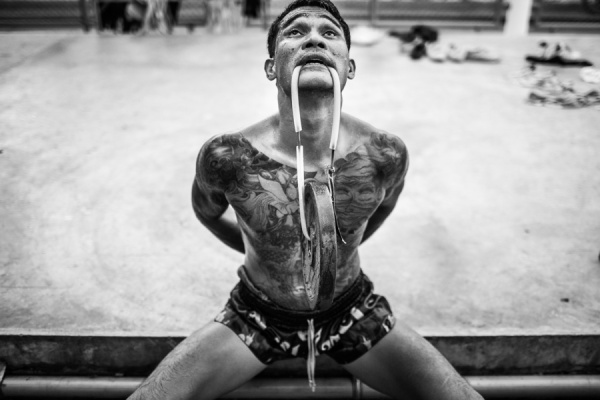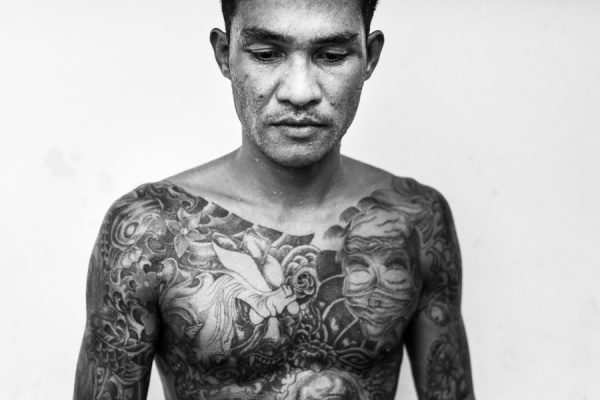The Sony RX1 is not a new camera. Not by a long shot. It’s been out for almost two years — since November 2012 —, yet few people know or heard about it. I was never a big fan of Sony’s lineup (even though my first real digital camera was the Cyber-Shot DSC-P7) and knew little about it myself before getting the RX1, but have since converted tremendously.
This article is divided into the following sections:
Intro
I actually don’t remember where I heard about it for the first time but, as the gearhead I am, was instantly hooked on the small format paired with a full frame sized sensor — a seemingly impossible combo until then. My desire was quickly dismissed once I took a look at the price tag, though.
But then plans of a trip to Japan in the summer of last year came to fruition and I quickly went on a hunt to find good a price online. I figured it’d be cheaper there, but didn’t realize how healthy of a secondhand camera market Japan has, so I ended up buying it from Map Camera in Shinjuku, Tokyo for less then full price. Oh, one little detail: the entire camera interface and menus are in Japanese. :)
This article is not about features as I’m sure there are plenty of those out and about. I’m here to let you know how I’ve been using it for the past few months — I love this camera so much that I feel like I owe it this review. But this is not so much a review as it is a post about my experience with this powerful little camera and an homage to the joy it brings me to use it. Enjoy!
You can find more RX1 photos in this blog by clicking here.
Design
The first thing to strike when looking at the RX1 is its size. It’s small. Really small, even for compact cameras standards. But considering this thing has a full frame sensor and a beautiful hunk of Zeiss glass, and still be this size is completely insane. The Fujifilm x100 is small too, but the RX1 beats it hands down.
In addition to the size, and while not being the most retro-style camera you can find on the market, the RX1 still manages to maintain a certain distance from regular compact cameras and hint at the past. I love the serious tone of the black paint with a slight touch of Sony’s trademark FF orange ring. Ok, I could live without the orange to be honest. It’s restrained and simple, reminding me of Dieter Rams’ work for Braun, where everything is in its right place.
There are just enough manual controls — aperture ring, normal/macro mode ring, exposure compensation dial, mode selector — and they feel really solid and sturdy (much more than on the x100/s). They click and lock in place when changed and they look like they can take a beating and still work. All the others buttons and dials feel solid and work great, but the hardware switches are truly special. Overall, aesthetically I don’t think it could be much better or smaller — after all, it is the world’s smallest full frame camera!
The fixed lens is still a big win for me. I’d rather have a great prime and move around to get a shoot than 3 zooms, let alone carrying them around and making a decision on which to use when. 35mm is the ideal angle for a camera like the RX1 as well: a tiny bit wide so you can get more context then your eye would but still a focused field of view without being too narrow either.
Something has to be said about the cap on this thing too. It’s high-grade stuff, it really is. It’s built like a tank and it’s one my favorite things about the whole package.
Despite the mirrorless fever that’s going on, people seem to be going back to the big guns and like to pompously show off their latest ultra-telephoto lens on the most expensive camera body money can buy. Usually, this means more weight and more space. Sony’s engineering team, on the other hand, are taking it to the next level and managed to put together a unique camera in a very small package.
Usage
The hypercompact size of the RX1 comes at a price: the lack of a viewfinder. And again, the cost for either the optical or electronic original viewfinders from Sony are — huh — discouraging… So unless you want to spend even more green on one of those, you’ll end up shooting with the back LCD or with no visual clue whatsoever. Sure, at times it can be difficult (bright sunlight) or make you feel like a noob (no VF, no pro tog), but WYSIWYG can often be a blessing.
There’s some online criticism in regards to its contrast-detection AF system, but I haven’t had any major problems with it. In my experience it is much better than that of the Fuji x100 and even comparable in speed and accuracy to the superior x100s and its phase-detection system. In fact, while the x100 struggled to get focus more often that I’d like to admit, the RX1 feels more responsive, even in low light environments.
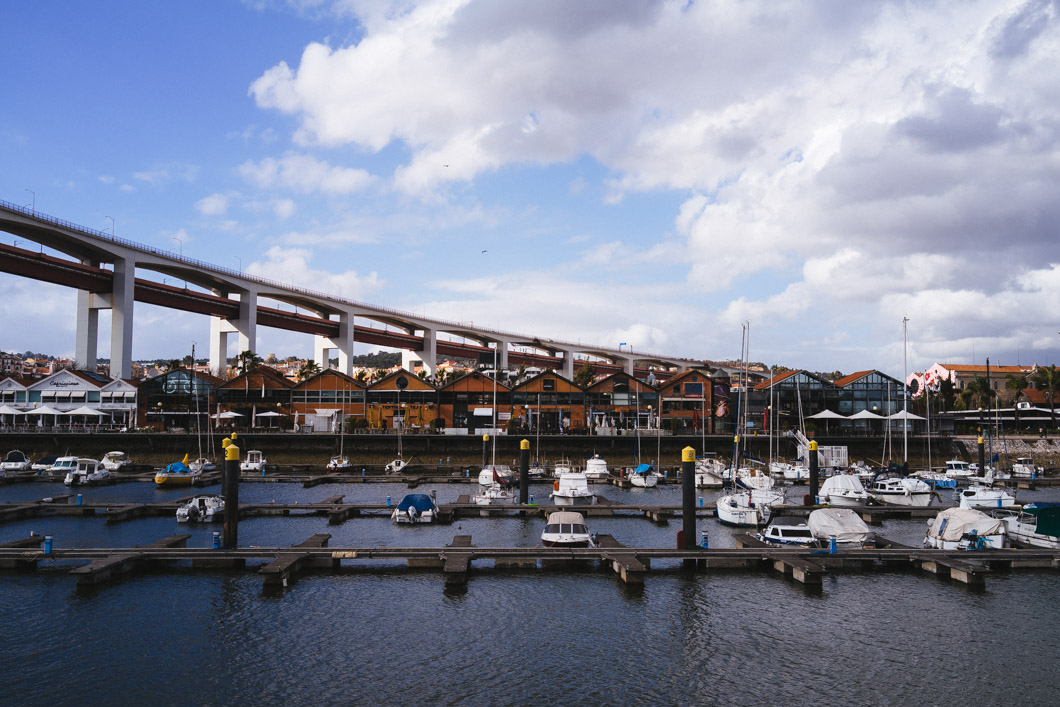
The MF is a fly-by-wire system, but it has some magical features that will help anyone focus on a given subject. You can choose to auto-magnify the image when you turn the focus ring (and set a timeout for it to go away), but the true magic happens when you turn on focus peaking assist that comes in three colors so it can adapt to any setting — white, yellow or red — this can be only seen when magnified, though. There’s a third focus mode called DMF (Direct Manual Focusing) which allows pre-focus on a scene with AF and override it by turning the focus ring at any time.
The outstanding Carl Zeiss Sonnar T* 35mm f/2.0 lens is a beautiful piece of glass and around 20% of it is actually fitted inside the camera’s body. It also features a macro mode that allows a minimum focusing distance of just 14 cm. 8 glass elements and 9 aperture blades give the images all the great detail and silky bokeh one can wish for. A true work of the finest Japanese engineering.
The one thing I do miss from the x100 is the built-in ND filter which allowed to shoot wide open in a bright day by reducing the amount of light captured. The RX1 has a faster maximum shutter speed of 1/2000s (for apertures f/2.0 to 4.0), but I’d still like to see it implemented.
Not unlike the Fuji cameras mentioned though, the Sony also has a leaf shutter. Meaning it produces virtually no sound when taking a photo, which makes it perfect for stealth/candid shoots and street photography in general.Menus are easy and fast to navigate, even if you’re a Portuguese dude gazing at a mix of Japanese Hiragana and Katana characters.
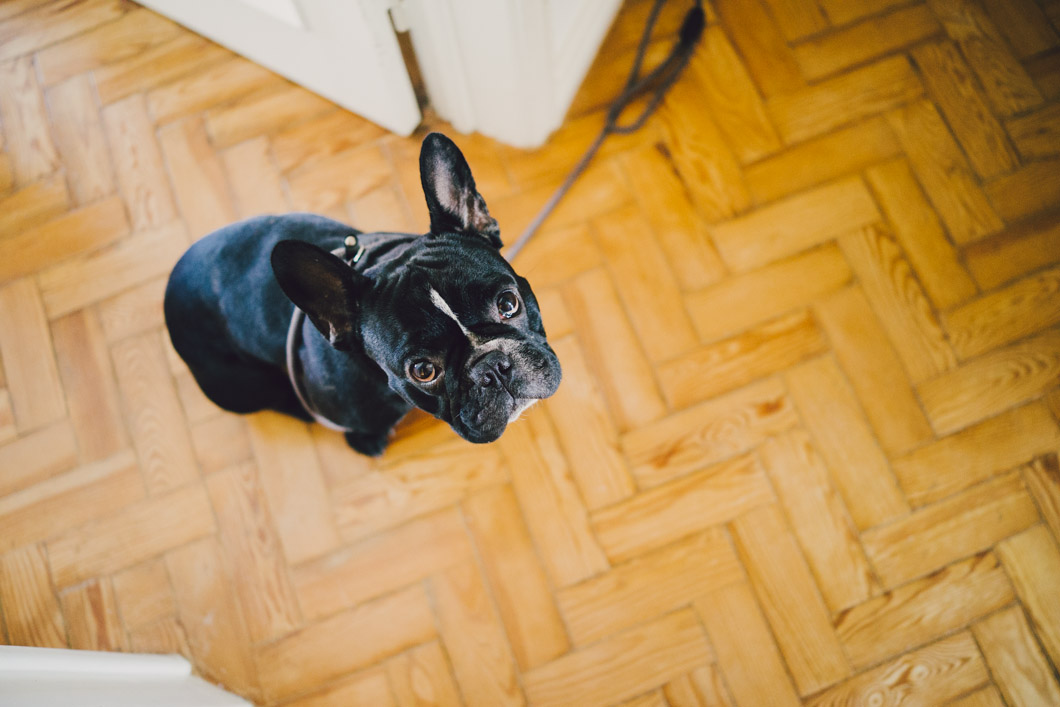
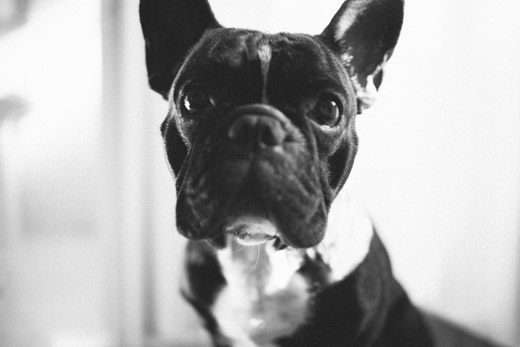
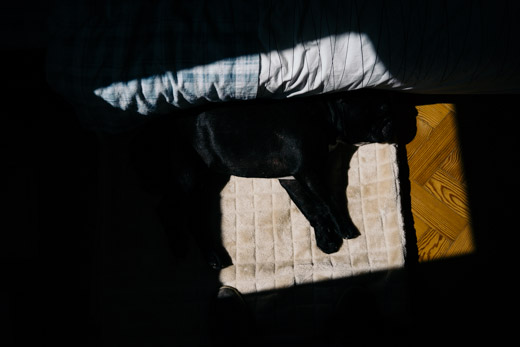
Walked around with this camera all the time while we were in Japan, always on a single battery which I’d charge at night and should say I was impressed. It does not perform like a DSLR (and expecting that would be unreasonable), but it holds up pretty well with the LCD on for a single day. Nothing that an extra battery or two won’t solve. However (and this is a pretty big one), bear in mind this camera does not ship with an external charger. It only ships with a USB cable and it charges batteries internally. A couple of months ago I figured I’d spend a few euros on a Wasabi Power pack, with a charger and a couple of batteries to avoid any headaches.
One thing I did not know about Sony is that they don’t ship any sort of firmware updates, ever. Not terribly serious since there aren’t any major areas that you could say need improvement, but a nice-to-have kind of thing.
Image Quality
If there’s one department where the Sony RX1 delivers is this one, and that’s why it’s so amazing. Sure, many compact cameras where released in the past, each with their own merits, but none with this quality. I’m not just saying this after looking at the 24 MP images this camera produces, but after printing a couple of large ones — the biggest with 90 x 60 cm — and noticing details I hadn’t before on the screen.
Personally I became a fan of Sony’s color rendering. It’s still very faithful, but a bit more contrast-y than the Fuji, and generally has richer and deeper blues and greens. In terms of dynamic range is as impressive as any other, allowing crazy recovery both from highlights and shadows out of the most incorrectly exposed image. In fact, DxOMark reported it to be the #4 camera in terms of overall sensor performance with a mighty score of 93 — ok, so, a little bit of data never hurt anyone. ;)
Low light performance is great, ISO goes up to a whopping 25,600 and noise has a film grain quality to it; no complaints there. The camera will struggle to get focus way before the noise renders an image useless. I have auto ISO set to a maximum of 6400 and have yet to come across with an sea of noise so big that stopped me from using that picture.
Also, in 2103 Sony released the newest model of this line: the RX1R, where the last R stands for Resolution. They basically removed the anti-aliasing filter, which helps preventing moiré on the original model, and stamped a red R on the body. The added detail would have been a nice-to-have, but they were slighly more expensive — the actual IQ differences are noticeable, if marginal.
The Sony RX1 has good manual controls for video allowing you to set a fixed shutter speed, ISO, and of course aperture. It records a maximum of 60fps at full HD resolution (1920 x 1080) — and everything in between, from true 24p to VGA resolution — and it also offers two codecs to choose from: MPEG4 or AVCHD. The resulting files, while nice, are often plagged with moiré and aliasing artifacts due to pixel binning from the large sensor, which makes this camera a little less than ideal for serious film shooting.
Conclusion
Mirrorless cameras are here to stay. They’re smaller and easier to operate when compared to their DSLRs conterparts, without compromising quality. I previously owned a Fujifilm x100 and loved it, but always found it a tiny too big to be considered a pocket-size camera. Mind you, we’re entering the nitpicking zone here. With the Sony RX1, though, the dream of carrying a full frame camera around the wrist and not worry about weight or missing a shot has become true.
But the RX1 is a bit of a mythical camera: few people know it exists and even less people are fortunate enough to have seen one. Kinda like a dragon. This camera is considered online to be an initial real world proof of concept for what’s now Sony’s a7 lineup.
The reality though is that this small piece of gadgetry is a beast in features but mostly in its price. It’s crazy expensive for any camera standards and people are simply not willing to take a risk investing that much money into a compact Sony. Let’s be honest, it’s only a tad cheaper than the much more capable and veteran Canon 5D Mark III, with its fantastic 61-point AF system and solid video capabilities. I wouldn’t be writing this if I hadn’t found a much cheaper used one.
In my case finding it in Japan ended up being a blessing not only because it’s so much ligther than the average camera (and humity there is cray cray in the summer), but mainly because I simply couldn’t have taken many of the shots I did with a bigger, noisier camera, and that’s invaluable. It can be super stealthy and still fast enough to give the needed flexibility for any kind of shooting.
Picking up the camera from the shelf when going out and knowing how well it performs still gives me butterflies. Ultimately, it’s a camera that makes me excited about capturing the world around and being so easy to carry around everywhere assures me that the best camera is indeed the one you have with you.
